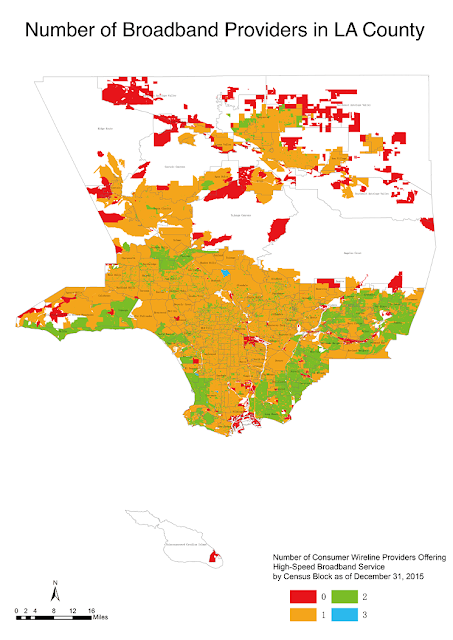Starting School and the Digital Divide in Classrooms
In many classrooms, teachers don't start realizing internet home access challenges until October or November when online work for specific students is spotty or non-existent. It is easy to assume (like I did) that students were not just academically inclined or had poor organizational skills and that was why they weren't able to complete projects/research/peer editing/blogging/presentations at home.
An "Aha" Moment
Alex was a typical 9th grade World History student. He was full of energy and excited about starting high school. He wasn't a perfect student, but he participated in class and worked hard. Alex was a relatively quiet student, but he enjoyed opportunities to engage with his peers. In mid October, I had assigned a group project (which had many different options) on early civilizations. Students were randomly assigned into groups and students developed a work plan for their overall project. Much of the project was accomplished in class, but groups delegated tasks to be done at home as well.
After several class periods, Alex's group members came to me privately and complained that he wasn't coming to class prepared with his part of the project. I checked in with Alex and he initially said that he would get it done. He worked hard in class, but unfortunately he did not accomplish any of his electronic work outside of the class. (Note: we are a 1 to 1 school so Alex at had chromebook to take home). After another class and another disappointment, Alex finally mentioned that he did not have access at home. As an educator, I felt somewhat ashamed that I had not picked up on this earlier as I could have worked on strategies with Alex (and a few of the other unconnected/underconnected students in my class). I had attributed a lack of digital homework to other issues like disorganization or developing academic abilities.
New Start of Year Routines
For many 9th graders around the country, admitting that you don't have home internet access can be difficult. Additionally, many students might say that they do have internet access (perhaps a parent's phone, their own phone, or a local store/library with wifi access) but don't have broadband at home. Interestingly, school information systems have a wide variety of in depth information on families but don't have a field that details connectivity. The best time to find out the status of your students, of course, is at the very first week during ice breaker and classroom culture activities. A few simple questions can provide a lot of insight into how a teacher can approach lesson planning and providing opportunities for students to succeed. A simple survey (click here) can accomplish this efficiently. A survey that addresses both hardware and levels of connectivity is best and can be given alone or integrated into a larger class survey. Whether your school is affluent, mixed, or high poverty, knowing the connectivity levels of students is critical to their success.


